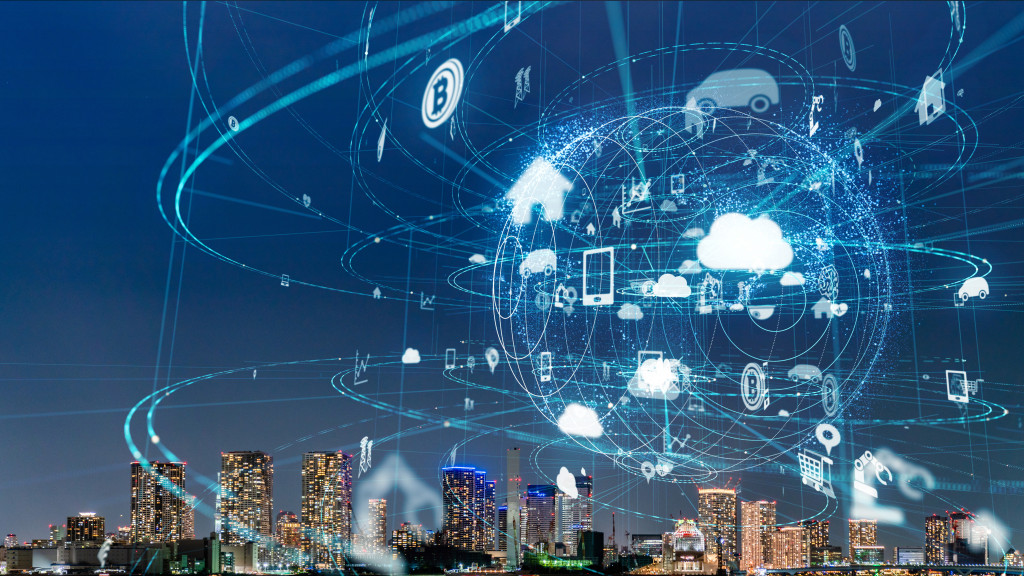• The internet is a global system of interconnected networks that uses TCP/IP protocols to transmit data.
• The World Wide Web revolutionized how users interacted with the internet, making it more accessible and user-friendly.
• Social media platforms enable people to stay in touch with one another worldwide, while telecommunication technology provides real-time communication.
• The Internet of Things (IoT) has taken internet connectivity to a new level, with smart homes, wearables, and connected cars becoming the norm.
Welcome to the modern era of internet connection, where life revolves around the digital world. A realm that continues to evolve at an unprecedented pace, offering limitless possibilities and altering how people live, work, and connect with others.
As the world dives deeper into the internet age, staying informed about the latest developments, trends, and technologies that shape people’s online experiences is essential. Here’s a journey of the modern era of internet connection, exploring the history, the present state, and the future possibilities of the global network that powers our daily lives.
The Internet
First, you must understand the basics of what makes up the internet. The internet is a global system of interconnected computer networks that uses TCP/IP protocols to transmit data from one source to another. It can be considered an ever-growing, complicated web of information, resources, and communication tools – all working together to make it easier for everyone worldwide to connect. Here’s a look into the modern era of the internet and how it can affect U.S. communities in the future.
The Birth of the Internet
It is hard to imagine a world without the internet, but the digital realm was merely a dream just a few decades ago. The concept of an interconnected web of communication was born out of the need to exchange information faster and more efficiently.
In the late 1960s, the United States government commissioned the invention of ARPANET (Advanced Research Projects Agency Network) to communicate with government computers. Little did they know, they were laying the groundwork for what would eventually become the internet.
The World Wide Web: A Quantum Leap
The internet, as people know it today, took a significant leap forward in the early 1990s with the creation of the World Wide Web. Spearheaded by British scientist Tim Berners-Lee, the World Wide Web revolutionized how users interacted with the internet, giving birth to the concept of web pages and web browsers. This development made the internet more user-friendly and accessible, leading to widespread adoption and explosive growth.

The Age of Social Media and Online Communication
Over the past two decades, the internet has radically transformed the way people communicate and connect with others. The rise of social media platforms such as Facebook, Twitter, and Instagram has enabled people across the globe to stay in touch with friends, share their experiences, and discover new interests. Over four billion people on these platforms connect with one another worldwide.
Furthermore, advancements in telecommunication technology have given us tools like Skype, Zoom, and WhatsApp, which create a seamless virtual environment for real-time communication. Additionally, communities can also build their platforms today. Many robust online community-building tools offer customizable solutions for users to create private or public networks and communities. It’s great for businesses and communities to create a platform for themselves.
IoT and Constant Connectivity: A Game Changer
The Internet of Things (IoT) has taken internet connectivity to a new level, empowering devices and everyday objects to communicate and share data. With smart homes, wearables, and connected cars becoming the new norm, the modern era of internet connection extends beyond our computers and smartphones. IoT has made lives more convenient and efficient and opened up new opportunities for innovation across various industries.
This has also made the cloud possible. Essentially, the cloud is a distributed computing model that allows users to access and store data virtually instead of on physical storage devices. By taking advantage of remote servers, the cloud has enabled businesses to get more out of their data and to securely store it while providing faster access to applications and resources.
The Future of Internet Connection: The Road Ahead
As we look towards the future, it’s clear that the modern era of internet connection is far from reaching its full potential. However, the rapid development of emerging technologies such as 5G, artificial intelligence, virtual reality, and quantum computing promises to further revolutionize digital experiences.
From providing faster and more reliable connectivity to enabling the development of immersive and life-altering technologies, the future of internet connection is filled with exciting possibilities. But those aren’t the only things impacting the internet today. There are some villains in the darkness in this ever-expanding digital universe.

Cybercrime
The road ahead is challenging because of cybercrime, which is using computers or digital networks to commit crimes. Cybercriminals are getting smarter and more sophisticated with their tactics, ranging from identity theft and financial fraud to hacking and data breaches. With the increasing reliance on digital technologies, individuals, organizations, and governments must take the necessary steps to protect their online assets and data from these malicious actors.
IT Security
Because of the rise of cybercrime, IT security has become a key issue in the modern era of internet connection. To ensure that users are protected, businesses must deploy robust security systems and adopt best practices for data protection. This includes incorporating encryption, multi-factor authentication, patch management, and other proactive measures to safeguard digital assets from potential threats.
As people move further into the digital age, staying informed and aware of these issues is essential to ensure a safe and secure online experience. By understanding the history, present state, and future internet connection possibilities, individuals and organizations can take the proper steps to ensure their data remains protected.






